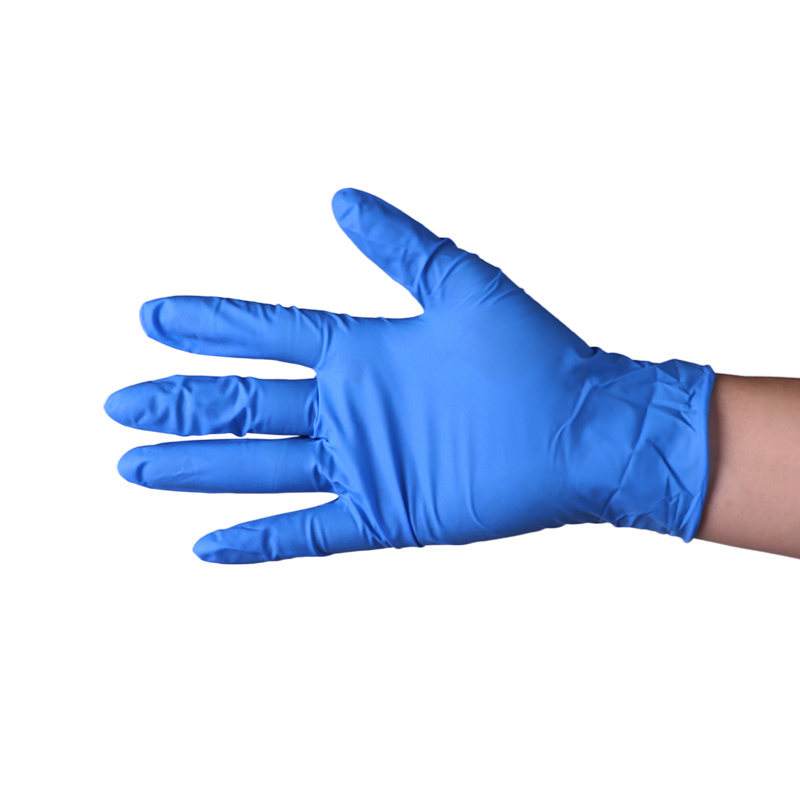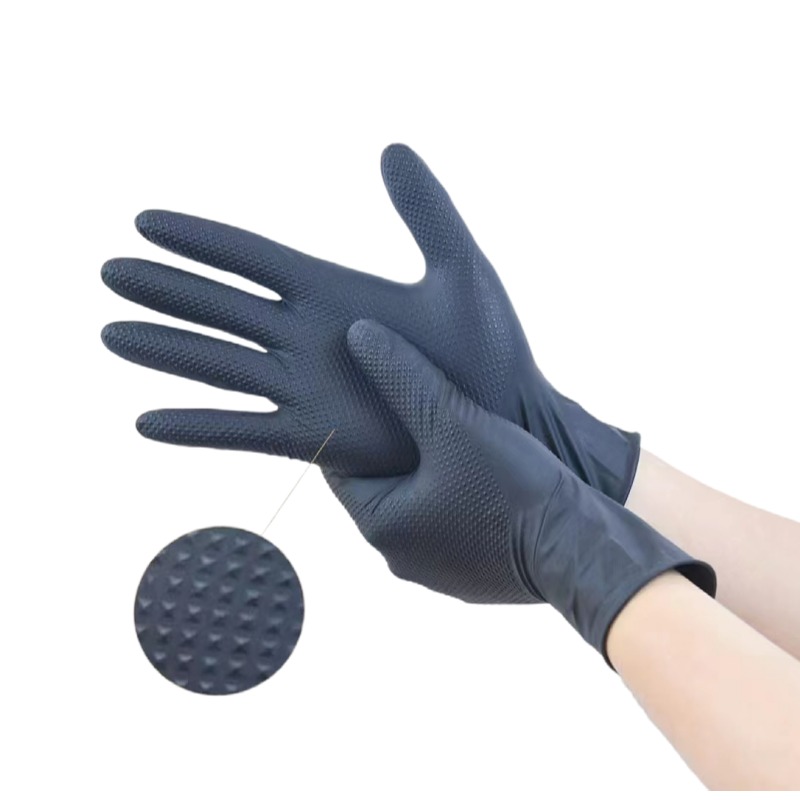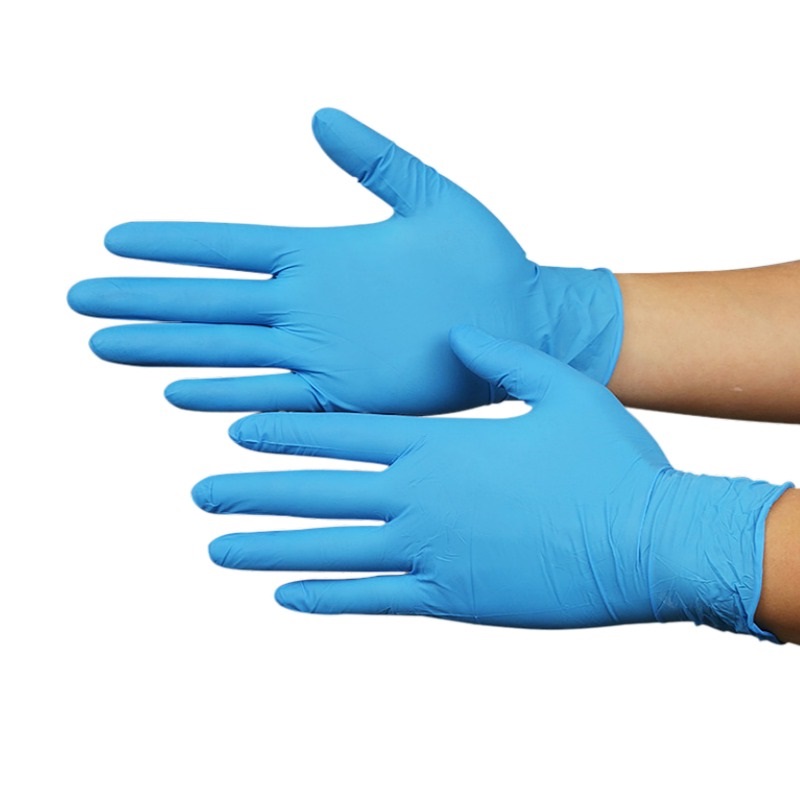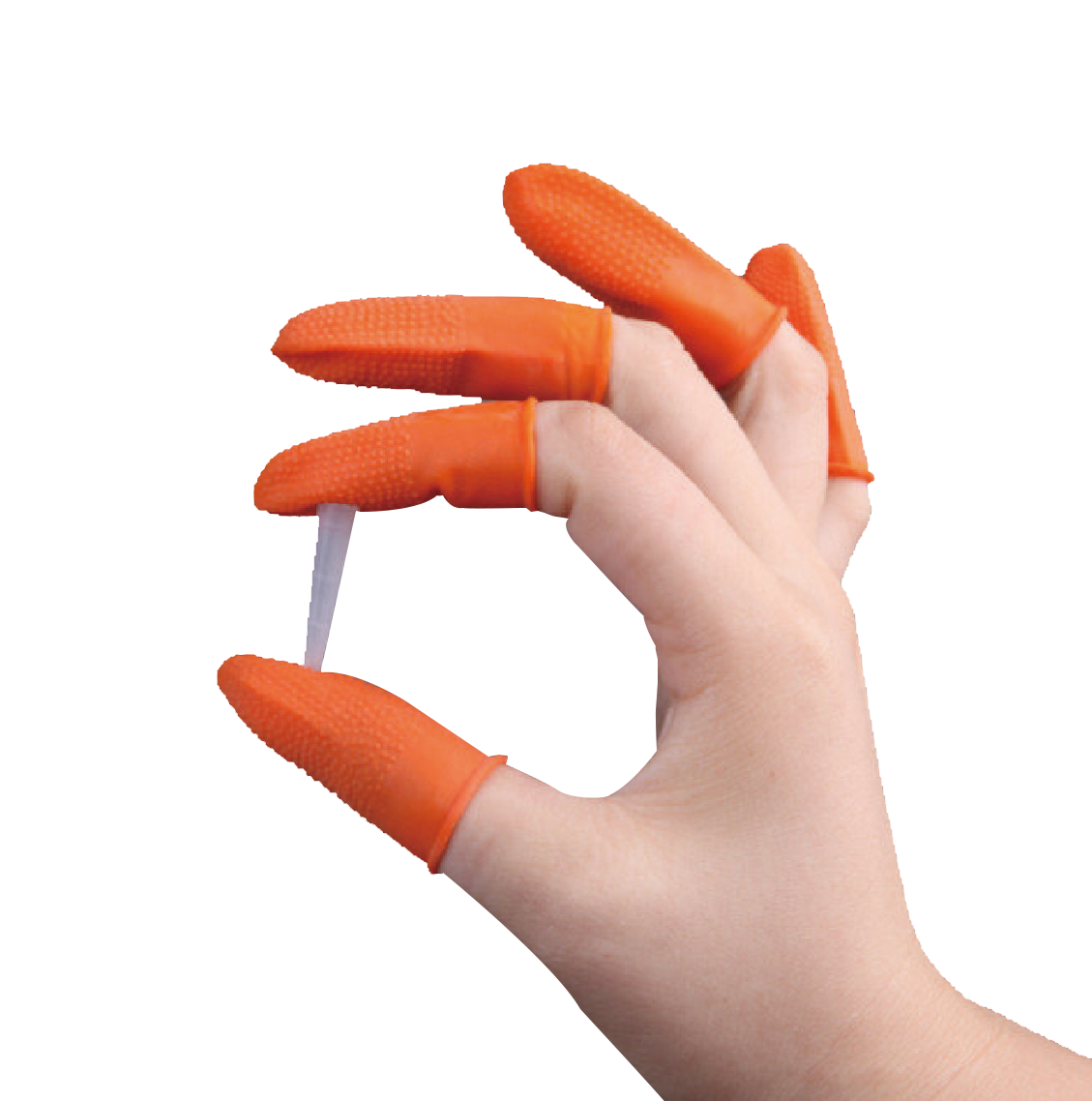When it comes to choosing the right gloves—whether for cleanrooms, industrial manufacturing, healthcare, or food handling—reading the specification sheet is not just a good idea; it’s essential. A glove’s spec sheet tells you everything about its performance, safety, and suitability for the task. But for many buyers and users, it’s often a jumble of acronyms, units, and jargon that go unexplained.
In this guide, we break down the core elements of a glove specification sheet, helping you understand not just what they mean, but why they matter, so you can evaluate gloves like a pro.
Understanding the Basics: What Is a Glove Spec Sheet?
A glove specification sheet (or tech datasheet) is a technical document issued by manufacturers to detail the physical, chemical, and functional characteristics of a glove product. It provides measurable attributes such as:
-
Material type
-
Thickness
-
Tensile strength and elongation
-
AQL (Acceptable Quality Level)
-
Chemical resistance
-
Standards compliance (e.g., ASTM, EN, ISO)
Think of it as the glove’s résumé: a summary of how it performs under pressure—literally and figuratively.
Glossary of Key Terms
To begin reading glove specs effectively, let’s first define the most important terms you’ll encounter.
AQL (Acceptable Quality Level)
AQL represents the maximum percentage of defective gloves allowed in a production lot. In simple terms, it’s a statistical measure of product quality.
-
Common Ratings:
-
1.5 – Medical-grade gloves (allow up to 1.5% defects)
-
2.5–4.0 – Industrial-grade gloves (higher tolerance)
-
<1.0 – Cleanroom or critical environments (Class 100/ISO 5 and below)
-
Example: An AQL of 1.5 means that out of 1,000 gloves tested, up to 15 gloves may fail critical inspections such as leak or tear tests.
Tensile Strength & Elongation
These metrics measure how much a glove can stretch before breaking.
-
Tensile Strength: The force needed to break a glove, usually in MPa (megapascals).
-
ASTM D6319 requires:
-
Before Aging: ≥14 MPa (nitrile)
-
After Aging: ≥14 MPa (nitrile)
-
-
-
Elongation: Expressed as a percentage, this shows how far the glove stretches.
-
Nitrile: ≥500%
-
Latex: ≥750%
-
Vinyl: ~300–350%
-
Why it matters: Higher elongation and tensile strength mean better durability and fit without tearing under stress—especially during high-precision tasks.
Thickness (mm/mil)
Thickness is usually listed at the fingertips, palm, and cuff. Thicker gloves offer more protection; thinner gloves allow better tactile sensitivity.
-
Conversions:
-
1 mil = 0.0254 mm
-
Standard exam gloves: 3–5 mil
-
Industrial-grade gloves: 6–8 mil or more
-
Watch for: Some brands quote “average” thickness instead of “minimum” thickness. For critical applications, rely on minimum values.
Glove Weight
Often used as a proxy for quality, glove weight (in grams) is the mass of a single glove. While not a direct performance indicator, heavier gloves tend to be more durable.
Caution: Weight ≠ performance. A 6g glove can outperform a poorly formulated 7g glove if the polymer blend is optimized.
Chemical Resistance
A glove’s ability to resist degradation, penetration, and permeation when exposed to chemicals is vital in labs and industrial plants.
Look for:
-
Chemical resistance charts by ASTM D6978 (chemotherapy drugs)
-
Breakthrough time ratings (in minutes)
-
Degradation scales (e.g., Excellent, Good, Fair, Poor)
Pro tip: Nitrile is typically resistant to solvents and oils, latex to biological hazards, and vinyl is best for minimal-contact tasks.
Certifications and Standards: What They Really Mean
ASTM Standards
-
D6319: Nitrile exam gloves
-
D3578: Latex gloves
-
D5250: Vinyl gloves
-
D6978: Chemotherapy drug resistance
EN Standards (EU)
-
EN 374: Chemical resistance
-
EN 455: Medical gloves
-
EN 1186: Food-safe gloves
ISO Classifications
For cleanroom gloves:
-
ISO 5/Class 100: Strict particle and bioburden controls
-
Glove specs should mention low particle shedding, low extractables, and be double-bagged
Common Mistakes to Avoid When Reading a Spec Sheet
-
Mistaking AQL for chemical safety: AQL measures defect rate, not chemical barrier protection.
-
Ignoring post-aging values: Always check both pre- and post-aging tensile strength and elongation.
-
Trusting only visual feel: Two gloves may look identical, but one could fail ISO cleanroom compliance due to higher particle release.
Industry-Specific Considerations
Industrial Manufacturing
Workers handling machine oils, adhesives, or abrasive parts need gloves with:
-
High tensile strength
-
Medium-high thickness (≥6 mil)
-
Nitrile with solvent resistance
Cleanroom Environments
Tech firms and pharmaceutical labs often require:
-
AQL ≤ 1.0
-
ISO 5 rated packaging
-
Powder-free, low-extractable gloves
Food Handling
Gloves should comply with EN 1186, be powder-free, and latex-free to avoid contamination risks.
Pro Tips for Evaluating a Spec Sheet
-
Compare apples to apples: Always match the application (cleanroom, food, chemical) before comparing specs.
-
Check real certifications: Look for test methods listed (e.g., “Tested per ASTM D6319”).
-
Don’t ignore shelf life: Some spec sheets include expiry dates—important for glove performance under storage.
-
Ask for batch test reports, especially for bulk or critical-use gloves.
Final Thoughts
Reading a glove specification sheet is not about memorizing technical jargon—it’s about connecting the data with the job at hand. Whether you’re sourcing gloves for a semiconductor cleanroom, a high-volume food factory, or a heavy-duty assembly plant, the spec sheet is your guide to ensuring safety, compliance, and performance.
Once you master the language of glove specs—thickness, tensile strength, AQL, and standards—you can avoid poor-quality imports, protect your team, and make better purchasing decisions.






